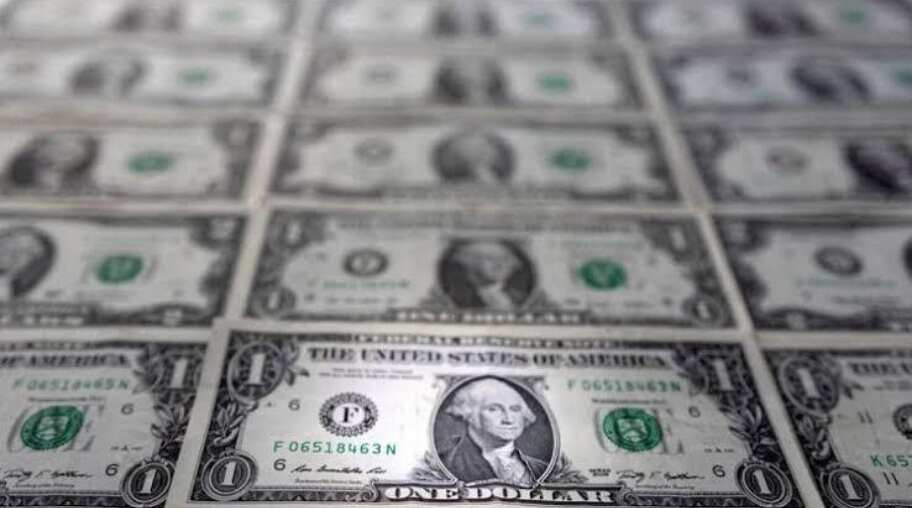The dollar edged lower on Monday against a basket of currencies after suffering its most significant weekly drop of the year as traders waited on economic data and policy decisions before selling it down any further. The weighted DXY index fell 0.15% to stand at 100.07, close to a 15-month low.
Markets were awaiting data clarifying whether the Federal Reserve will increase rates again later this month. Investors were also waiting for a string of Fed speakers, including Governor Christopher Waller, who is expected to say that while he was not ready to call an all-clear on inflation, he still favored more rate rises this year. “With the bulk of this week’s U.S. data being released between now and Jackson Hole, the relative importance of tomorrow’s consumer prices report may be a little understated on currency markets,” said Karl Schamotta, chief market strategist at Corpay in Toronto.
The euro continued climbing, rising 0.15% to hit a fresh 16-month high at $1.12440 after European Central Bank officials raised interest rates and signaled more to come. The pound gained 0.8% as data showed Britain’s economy shrank less than expected in the first quarter, and the Bank of England can afford to raise rates further without derailing growth.
Inflation in the eurozone eased to a 17-month low as energy prices and food costs dropped, but core inflation remains well above the ECB’s target of just below 2%. That’s raising concerns that the ECB may need to tighten monetary policy even further.
Investors were also digesting the news that the ECB would stop buying bonds from investors and start cutting its stock of assets at the end of September, further reducing its monetary stimulus program. That sent a shudder through bond markets and boosted yields on the ten-year German bund to 0.39%, its highest level in nearly two months.
The dollar was also pressured as analysts warned that a slowdown in China, the world’s second-biggest economy, could push the global economy into a recession and weaken the U.S. currency, which is often used to invest in other countries currencies and stocks.
The dollar was down 0.27% to 138.38 yen per dollar after touching on Friday its lowest against the Japanese currency in two months. The dollar index has lost about 5% since hitting its September peak. That has led to a reversal in the so-called carry trade, where investors borrow dollars to buy assets like emerging markets currencies and oil or equities that pay higher returns. That bet has been a major contributor to the dollar’s recent slide. That is expected to continue this week, with key data releases on retail sales, industrial production, and housing figures due. Corporate earnings reports will also be in focus. Investors are also awaiting the outcome of a meeting of central banks and financial regulators this week to discuss possible measures to stabilize the currency market. That will be held in Mexico City on Tuesday and Wednesday.



